Mission type Microgravity research SATCAT no. 27647 Period 1.5 hours Launch date 16 January 2003 | COSPAR ID 2003-003A Orbits completed 255 Apogee 284,854 m Dates 16 Jan 2003 – 1 Feb 2003 Crew size 7 | |
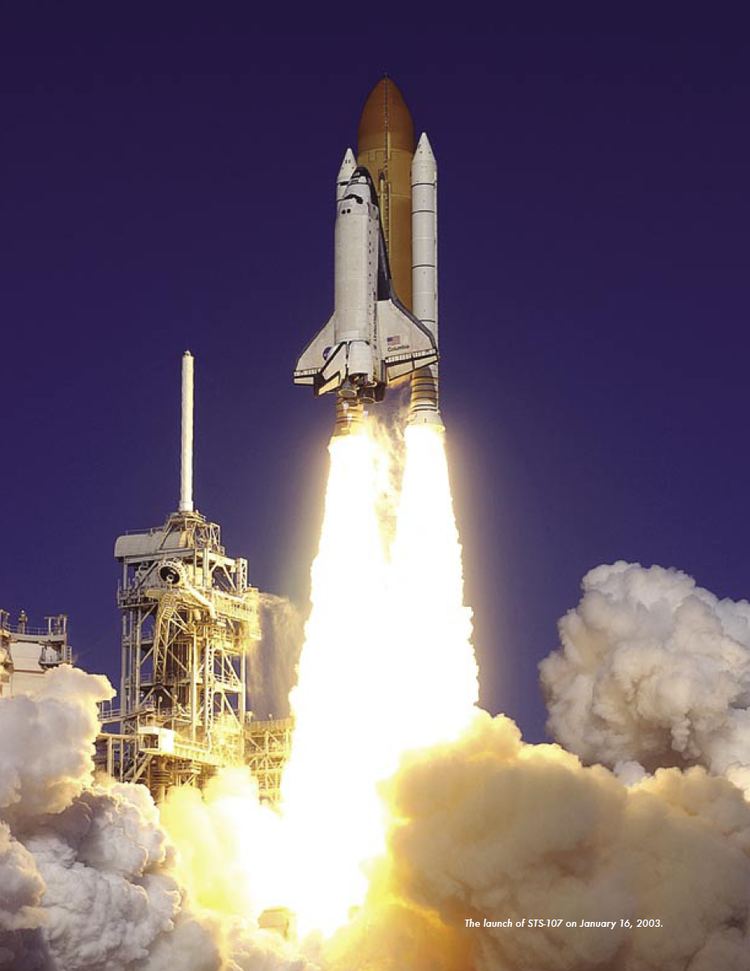 | ||
Mission duration 15 days, 22 hours, 20 minutes, 32 seconds Distance travelled 6,600,000 miles (10,600,000 km) Members Rick Husband, William C. McCool, David M. Brown, Kalpana Chawla, Michael P. Anderson, Laurel Clark, Ilan Ramon | ||
New hd render space shuttle columbia re entry crash sts 107 with telemetry multi views
STS-107 was the 113th flight of the Space Shuttle program, and the disastrous final flight of Space Shuttle Columbia. The mission launched from Kennedy Space Center in Florida on January 16, 2003, and during its 15 days, 22 hours, 20 minutes, 32 seconds in orbit conducted a multitude of international scientific experiments.
Contents
- New hd render space shuttle columbia re entry crash sts 107 with telemetry multi views
- Sts 107 space shuttle columbia launch january 16 2003
- Mission highlights
- Major experiments
- Unsuccessful re entry
- Insignia
- Literature
- References
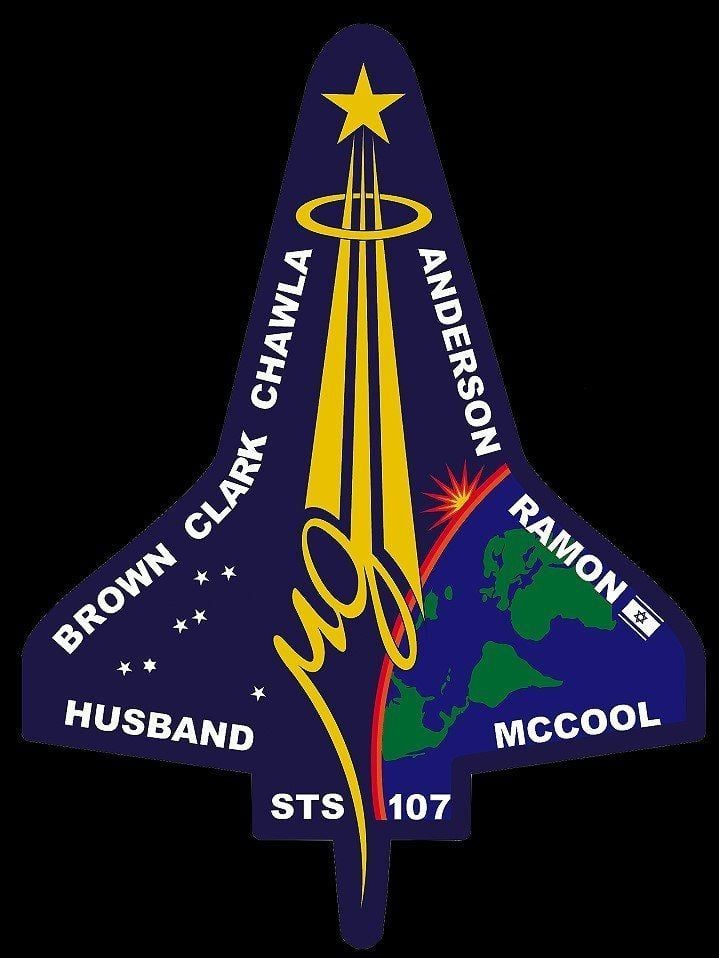
The seven members of the crew were killed on February 1 when Columbia disintegrated during reentry into the atmosphere. The Columbia Accident Investigation Board determined the failure was caused by a piece of foam that broke off during launch and damaged the thermal protection system (reinforced carbon-carbon panels and thermal protection tiles) on the leading edge of the orbiter's Left wing. During re-entry the damaged wing slowly overheated and came apart, eventually leading to loss of control and disintegration of the vehicle. The cockpit window frame is now exhibited in a memorial inside the Space Shuttle Atlantis Pavilion at the Kennedy Space Center in Florida.
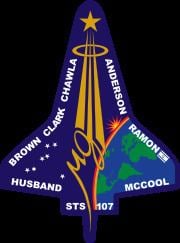
Sts 107 space shuttle columbia launch january 16 2003
Mission highlights
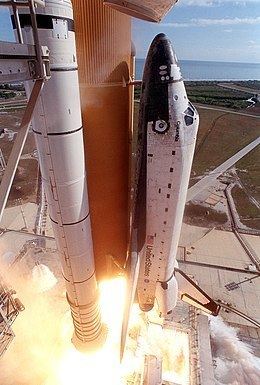
STS-107 carried the SPACEHAB Double Research Module on its inaugural flight, the Freestar experiment (mounted on a Hitchhiker Program rack), and the Extended Duration Orbiter pallet. SPACEHAB was first flown on STS 57.
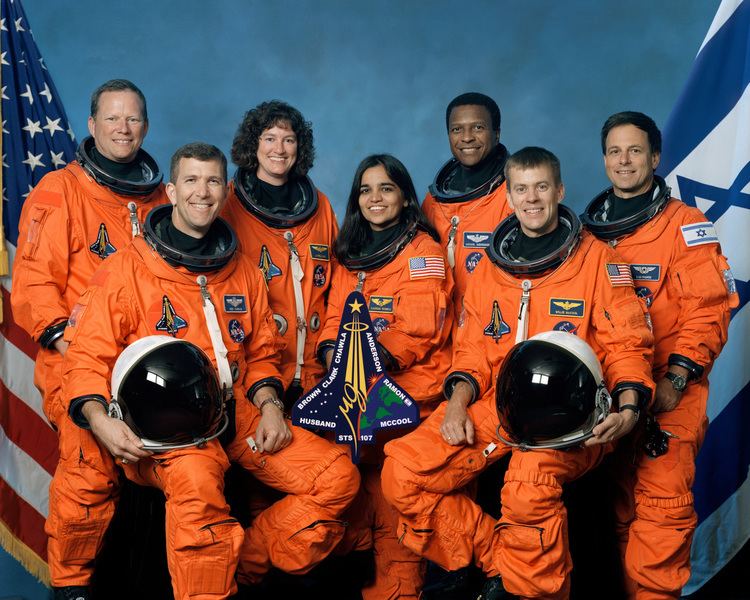
One of the experiments, a video taken to study atmospheric dust, may have detected a new atmospheric phenomenon, dubbed a "TIGER" (Transient Ionospheric Glow Emission in Red).
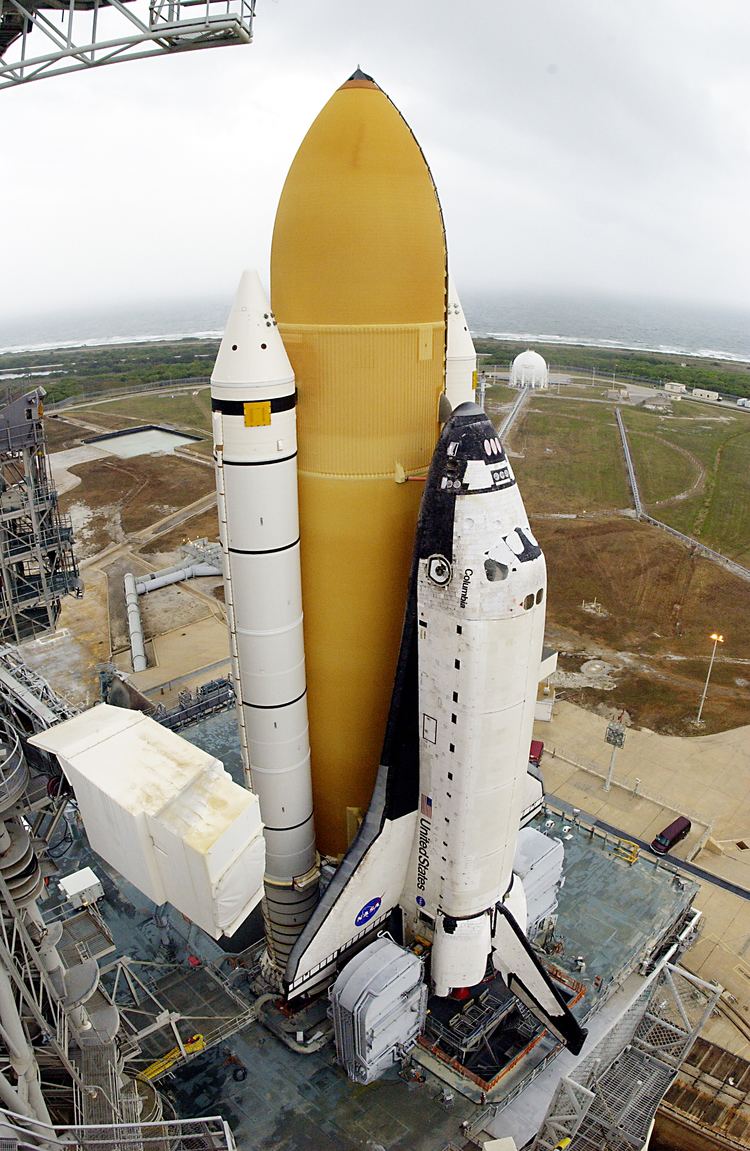
On board Columbia was a copy of a drawing by Petr Ginz, the editor-in-chief of the magazine Vedem, who depicted what he imagined the Earth looked like from the Moon when he was a 14-year-old prisoner in the Terezín concentration camp. The copy was in the possession of Ilan Ramon and was lost in the disintegration. Ramon also traveled with a dollar bill received from the Lubavitcher Rebbe.
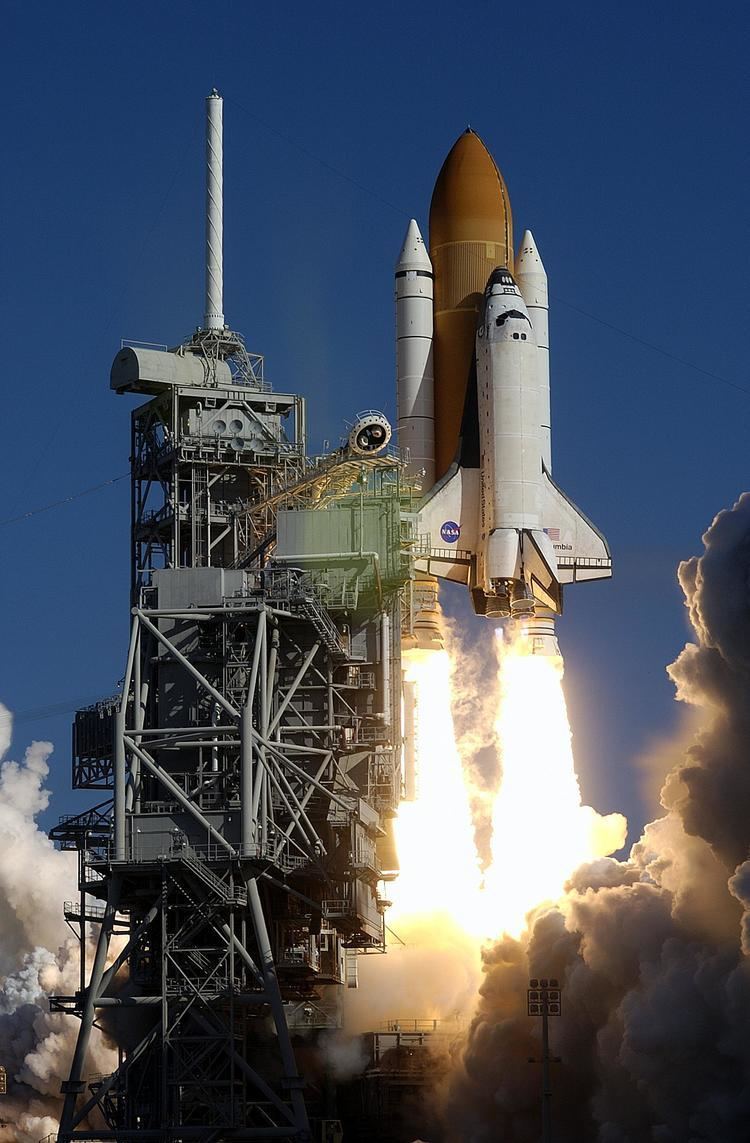
An Australian experiment, conducted by students from Glen Waverley Secondary College, was designed to test the reaction of zero gravity on the web formation of the Garden Orb Spider.
Major experiments
Examples of some of the experiments and investigations on the mission.
In SPACEHAB RDM:
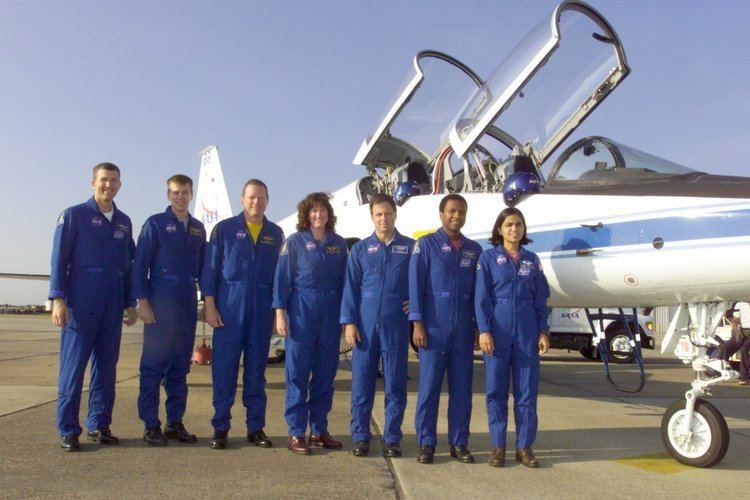
In the payload bay attached to RDM:

Additional payloads
Because much of the data was transmitted during the mission, there was still large return on the mission objectives even though it was lost on re-entry. Some of the experiments were also found on the ground.
Unsuccessful re-entry
KSC landing was planned for Feb. 1 after a 16-day mission, but Columbia and crew were lost during reentry over East Texas at about 9 a.m. EST, 16 minutes prior to the scheduled touchdown at KSC.
The loss of the spacecraft and crew triggered a 7-month investigation and a search for debris, and over 85,000 pieces were collected over the course of the initial investigation. This amounted to roughly 38 percent of the orbiter vehicle.
Insignia
The central element of the patch is the microgravity symbol, µg, flowing into the rays of the astronaut symbol.
The mission inclination is portrayed by the 39 degree angle of the astronaut symbol to the Earth's horizon. The sunrise is representative of the numerous experiments that are the dawn of a new era for continued microgravity research on the International Space Station and beyond. The breadth of science and the exploration of space is illustrated by the Earth and stars. The constellation Columba (the dove) was chosen to symbolize peace on Earth and the Space Shuttle Columbia. The seven stars also represent the mission crew members and honor the original astronauts who paved the way to make research in space possible. Six stars have five points, the seventh has six points like a Star of David, symbolizing the Israeli Space Agency's contributions to the mission.
An Israeli flag is adjacent to the name of Payload Specialist Ramon, who was the first Israeli in space. The crew insignia or 'patch' design was initiated by crew members Dr. Laurel Clark and Dr. Kalpana Chawla. First-time crew member Clark provided most of the design concepts as Chawla led the design of her maiden voyage STS-87 insignia. Clark also pointed out that the dove in the Columba constellation was mythologically connected to the explorers 'The Argonauts' who released the dove.
